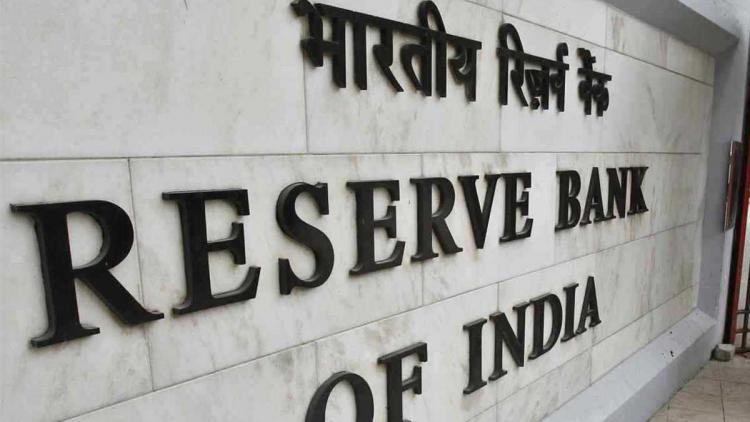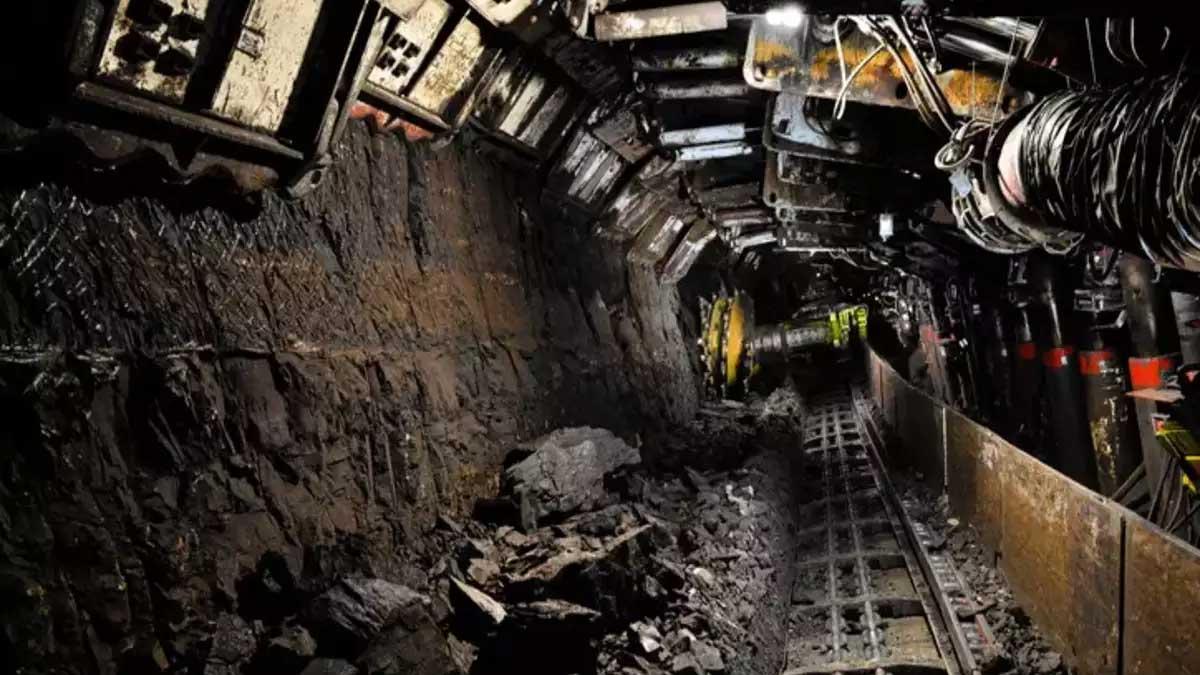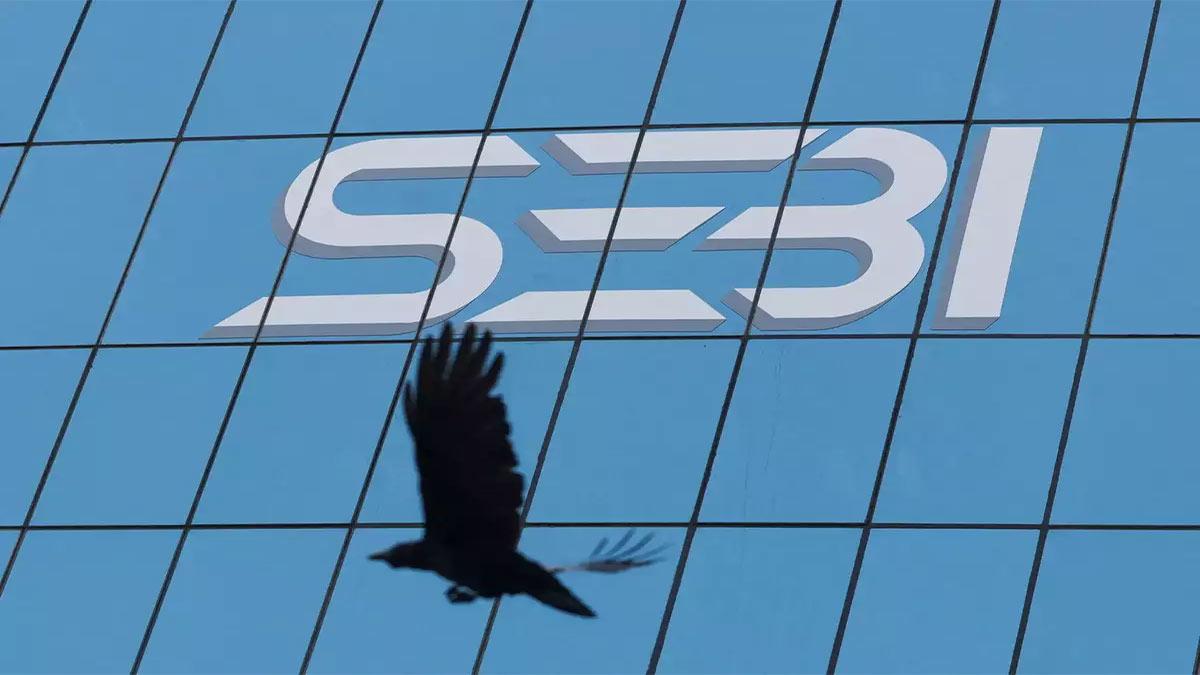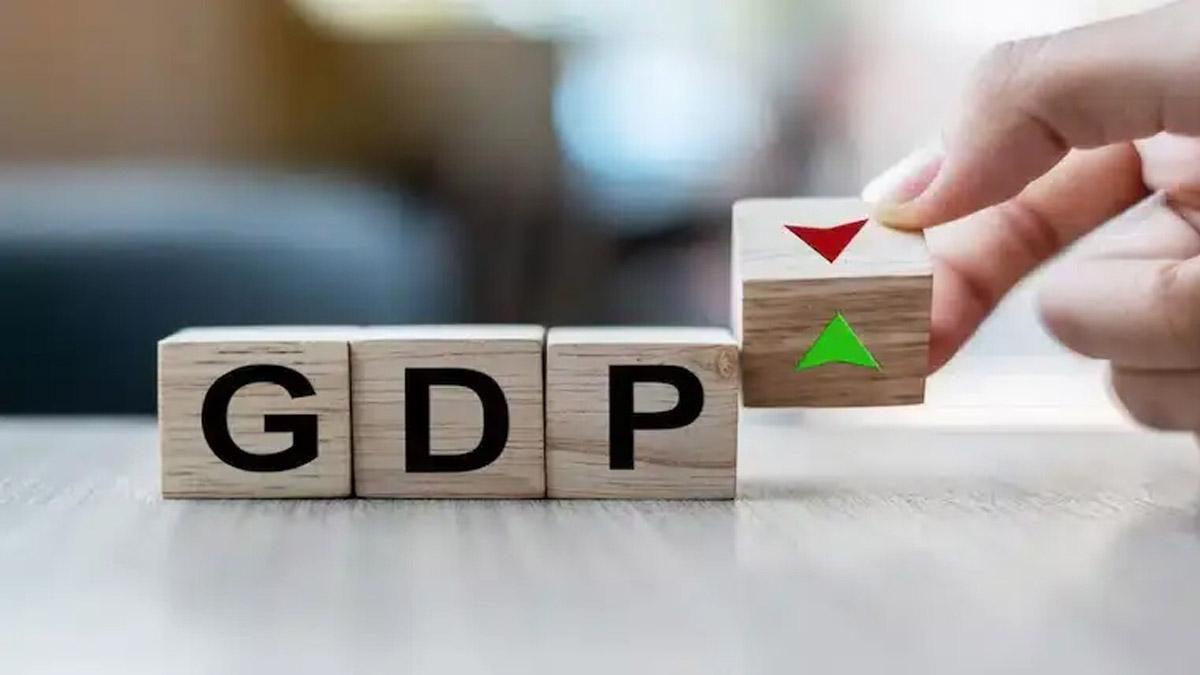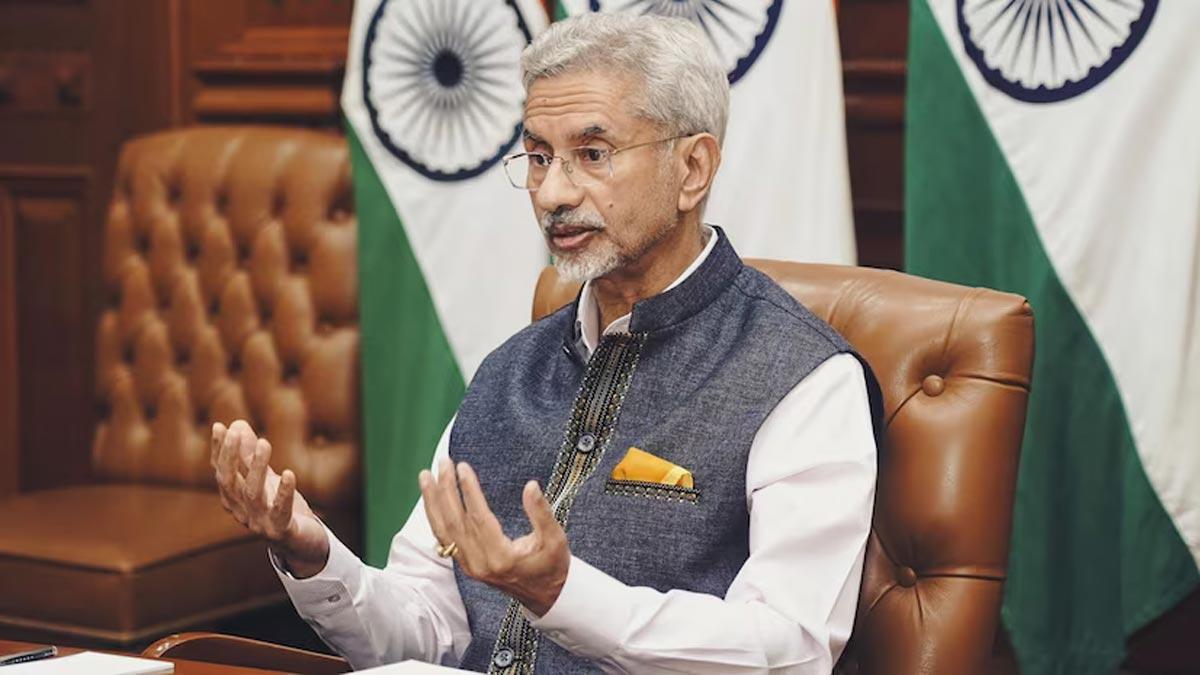The Reserve Bank of India recently made adjustments to its list of three Domestic Systemically Important Banks (D-SIBs) for 2023, including SBI, HDFC Bank, and ICICI Bank.
In its update, the RBI announced that while ICICI Bank retained its position in the same bracket as the previous year, both SBI and HDFC Bank have been moved to higher buckets – SBI from bucket 3 to bucket 4 and HDFC Bank from bucket 1 to bucket 2.
These D-SIBs are subject to closer regulation, requiring them to allocate more capital to mitigate risks. This precaution is essential as the failure of these banks could potentially have severe repercussions on the entire economy, thus categorizing them as "too-big-to-fail."
The adjusted increase in D-SIB buffer requirements for SBI and HDFC Bank, due to their bucket reclassification, will become effective from April 1, 2025, adding to the capital conservation buffer, as per the RBI's announcement.
This revision in the D-SIB framework accounts for the data collected from banks as of March 31, 2023. It also considers the increased systemic importance of HDFC Bank following the merger of HDFC Limited into HDFC Bank on July 1, 2023, as stated by the RBI.
The D-SIB framework mandates the RBI to reveal the names of designated D-SIBs since 2015 and assign them to relevant buckets based on their Systemic Importance Scores (SIS). Each D-SIB is required to meet an additional common equity requirement based on its bucket classification.
Additionally, if a foreign bank operates in India and is designated as a Global Systemically Important Bank (G-SIB), it must uphold an additional CET1 (Common Equity Tier 1) capital surcharge in India proportional to its Risk Weighted Assets (RWAs) in the country, aligning with the buffer prescribed by its home regulator.
(With Agency Inputs)
ALSO READ | India's Economy Sustains Stable High Growth Supported by Strengthened Banks: RBI
ALSO READ | RBI Report Reveals Double-Digit Growth in Banks Fueled by Retail, Services Credit

